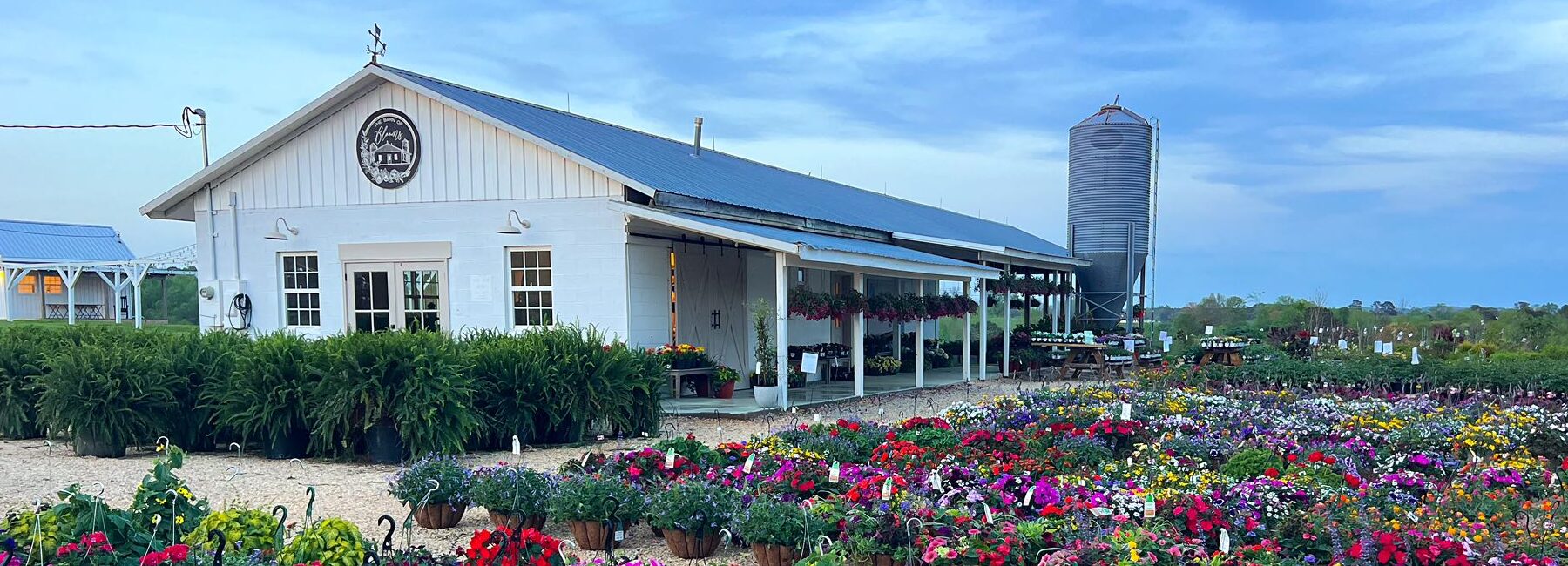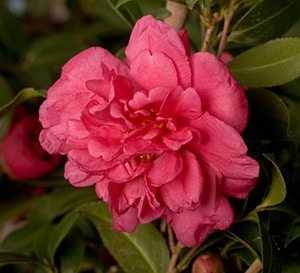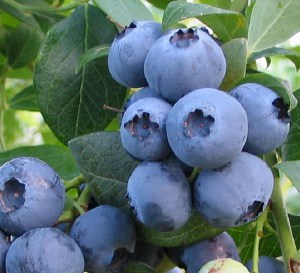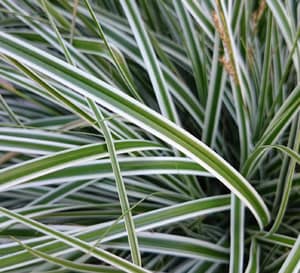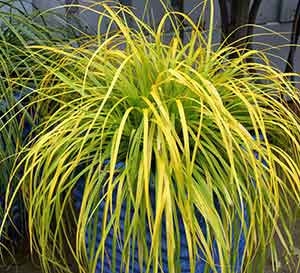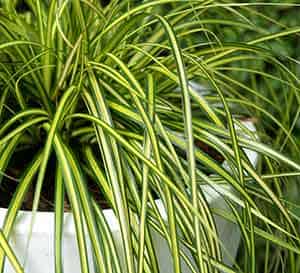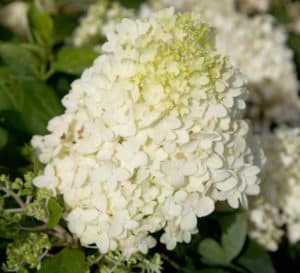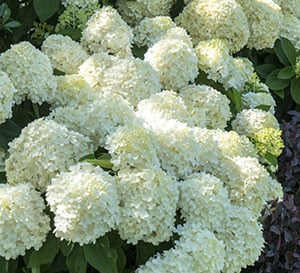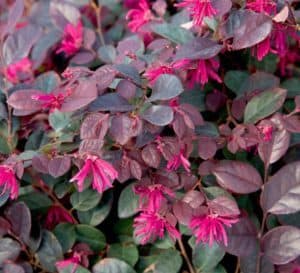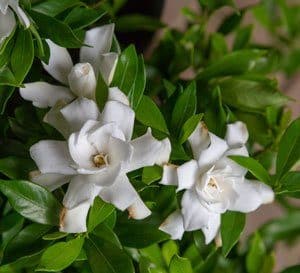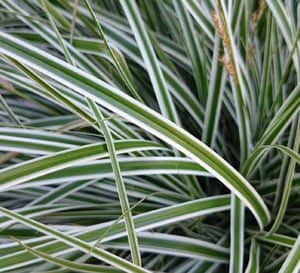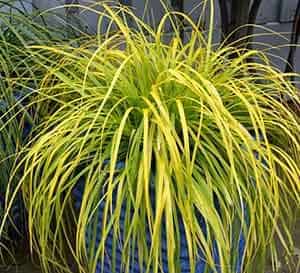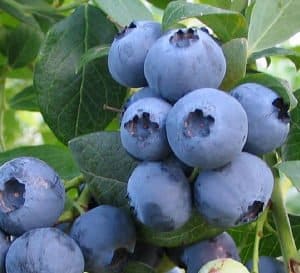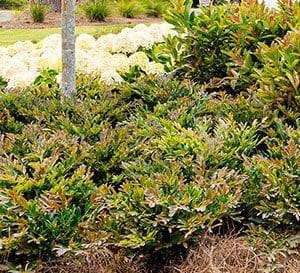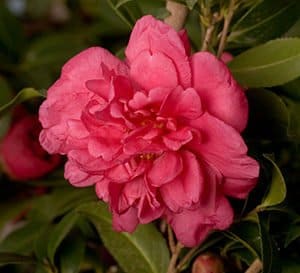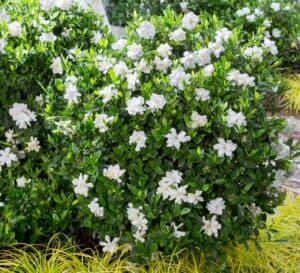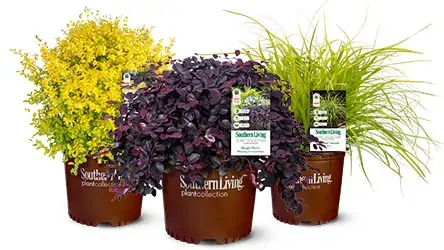Calling all USDA Zone 7 gardeners: When mid-April rolls around, it marks the start of your peak gardening season! Covering much of the midsection of the country and up to the inner Pacific Northwest, Zone 7 is characterized by long growing seasons, typically from mid to late March through to nearly Thanksgiving. The temperature will indeed drop below freezing in Zone 7—even down to 0°F in some places—but cold weather makes one appreciate the lengthy gardening window even more!
We recently caught up with Zone 7 garden center owner Taylor Gibbs of The Barn of Blooms, a gorgeous dairy farm-turned-garden center in Ranburne, Alabama, to find out what conditions she deals with routinely in her Zone 7b garden. Below, Taylor explains her approach to planting an abundant spring garden. Zone 7 gardeners, take notes!
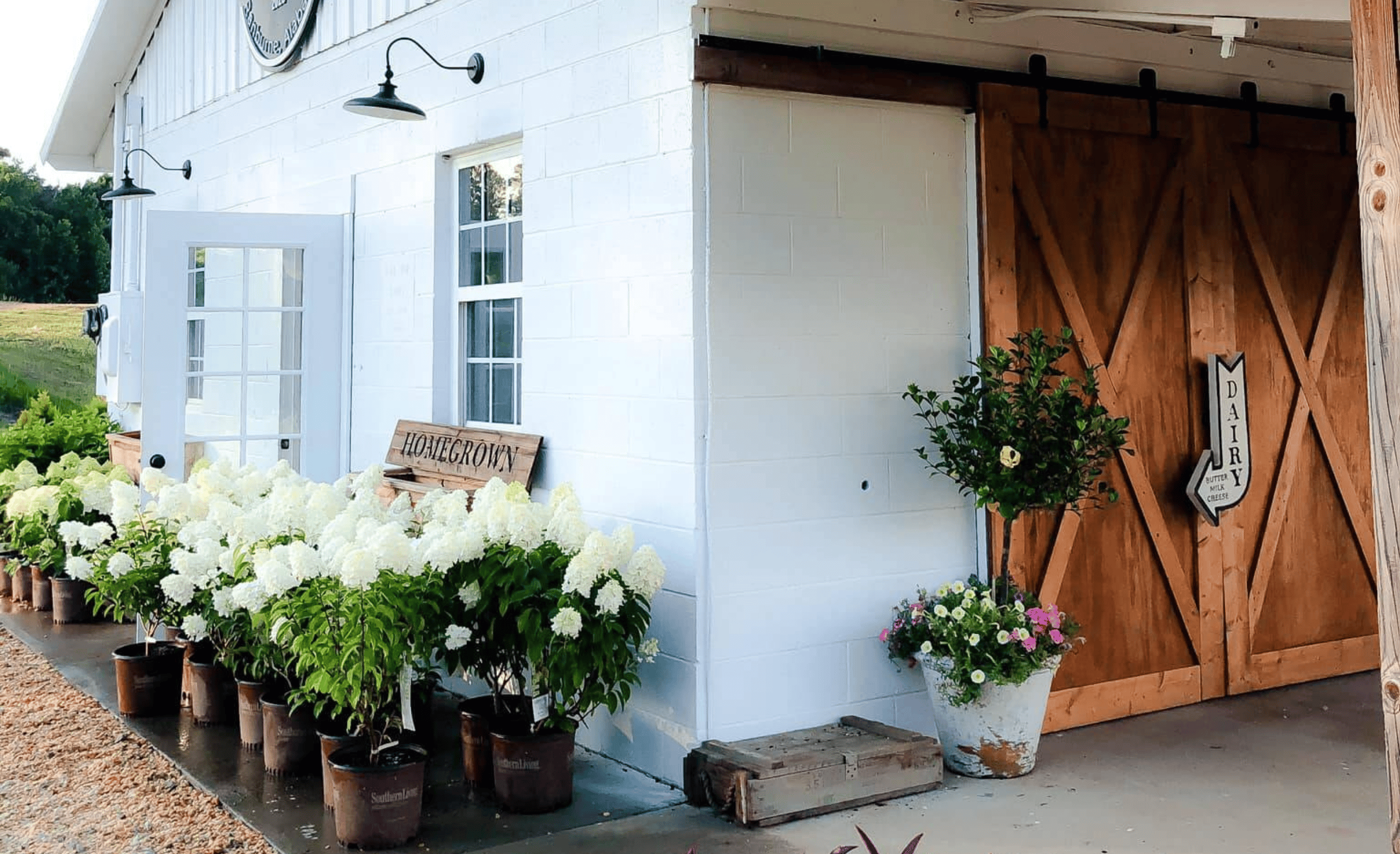
Southern Living Plant Collection: Tell us about gardening in Alabama’s Zone 7b. What kinds of issues do you face?
Taylor Gibbs: Gardening in 7b comes with many benefits as well as challenges. My favorite perk in Zone 7b is the long growing season, typically from mid-March to mid-November, which allows me to grow a large variety of plants! Any experienced Zone 7b gardener knows that we deal with a “Blackberry Winter:” a period of unseasonably warm weather that leads plants to bloom early. This “Blackberry Winter” is followed by a return to colder temperatures, potentially damaging those early blooms. It’s important to know what you can and can’t plant early, as well as the precautions to take when we have a late frost.
Once we’re safe from the frost, we hop right into the heat and humidity! It tends to go from one extreme to the next. I personally love to plant sun-loving, hardy, and drought-resistant plants. Taking the time to use efficient watering methods like drip irrigation can be a game-changer to help get through our hot summers.
SLPC: When moving to Zone 7b from a colder region, what should someone keep in mind?
TG: I have only ever known gardening in Zone 7b, so it’s hard to speak to what colder region gardeners have experienced in their own gardening journey. Zone 7b covers a range of climates and geographies, so soils can vary. As someone on the Georgia/Alabama line, our soil has always been clay soil, which is heavy. It holds moisture but drains poorly. Soil quality is crucial for successful gardening because it affects plant growth, water retention, and nutrient availability. The best advice I can give is to test your soil! A local cooperative extension office will offer affordable or free soil testing. They provide detailed reports on pH levels, nutrients, and recommendations for soil amendments. Before planting, soil testing is a great place to start.
SLPC: What are some of your favorite plants that are hardy in your area?
TG: I do love a Panicled hydrangea because they’re so hardy and love our summers here in 7b. My favorites are Southern Living’s White Wedding® Hydrangea and Moon Dance® Hydrangea. These are classics with blooms that are beautiful from spring to fall.
I also love to make gardening fun for my little ones! My love for gardening started by my grandmother’s side, so I try to make memories with my two children to keep the tradition going. They love to reap the benefits of growing their favorite fruit, such as DownHome Harvest® Bless Your Heart® Blueberry. Rabbiteye blueberries are also a best seller in my garden center! We love them for the benefits of being disease- and pest-resistant and heat-tolerant! It’s not summertime if you aren’t picking and eating fresh blueberries straight off the branch.
Those are just a couple of my favorite plants, but I also love gardenias, loropetalum, and distylium for your basic landscape needs.
SLPC: If a new homeowner is asking how to get started with their yard, what advice do you give?
TG: If you are just starting, my advice is to start slow. Plants are totally an investment. I often help customers who show me a picture of their new garden project or new island, whatever size or type of project it may be. I ask them questions about morning or afternoon sunlight, soil health and drainage, size of the area, goals for this planting space, and so on. Have these answers before going to your local garden store… and avoid just buying all the pretty things in bloom without paying attention to the tags.
One thing to keep in mind is that when you shop locally, you’re more likely to speak with someone like myself who is passionate about plants, wants to see you succeed, and is willing to help walk you through the process.
—
Southern Living® Plant Collection is teeming with bushes and perennials that excel in Zone 7 gardens. Take the Alabama Beauty™ Camellia, for instance, with its rosy red, semi-double flowers that shine brightly in a fall garden. Or the varieties within the EverColor® series of Carex, which add both color and movement to the garden. Finally, we can’t forget that staple in the southern garden: the crapemyrtle. Southern Living has eight vibrant colors to choose from. Each one has the potential to become the statement plant you are looking for in your landscape.
Get out there now and start your spring season—there’s plenty to do!

